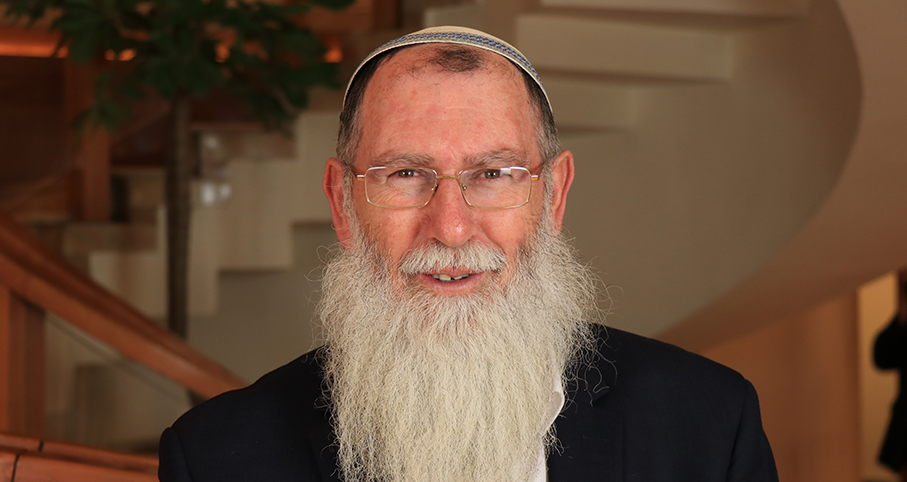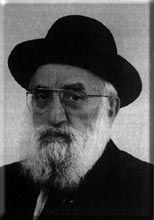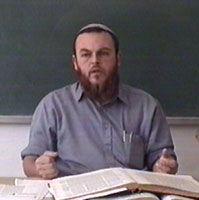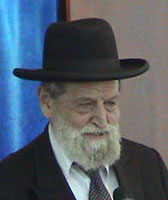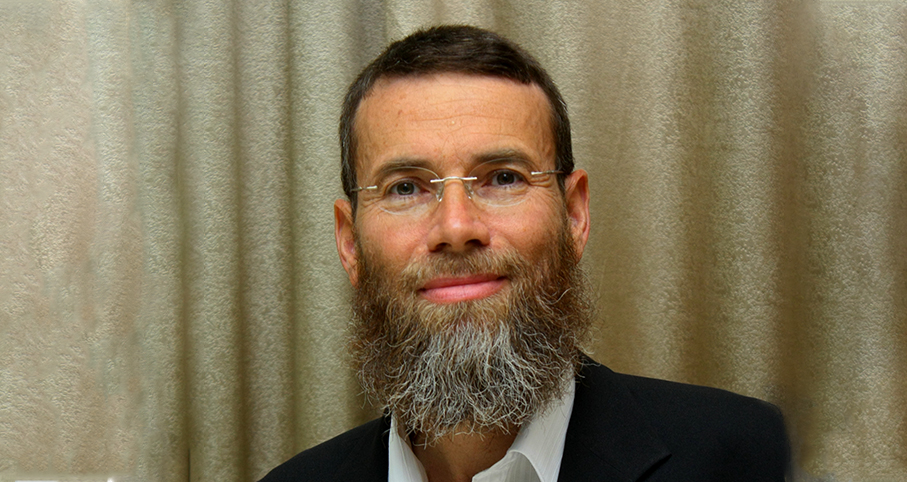Beit Midrash
- Torah Portion and Tanach
- Vayikra
- Metzora
God relates to Moshe the procedure for a leper to return to the community: First The כהן inspects the leper and declares the leprosy healed. Then the healed leper brings two birds for redemptive purposes. Finally he washes his clothes, shaves his hair and bathes his body. He is then permitted to return to the community, but must remain at home for seven days before he is permitted to enter the מקדש.
The Torah establishes that the מצורע, leper, is different from other individuals expelled from the community because of their impure status. Like others, the leper must bring קרבנות to the מקדש, but he must first undergo a process that corrects his anti-social behavior.
The word מצורע is from the root צ-ר-ע "to erupt." The eruption refers to the skin that develops scales with splotches.
The כהן supervises and controls this entire process, beginning with the declaration that the leper has healed. This procedure requires two similar-looking untamed birds, ציפורים, a piece of cedar wood, ארז, a piece of scarlet dyed wool, שני, and the branch of a hyssop plant, אזוב. One of the birds is slaughtered. The second bird and the other items are held over flowing water and dipped into the blood of the dead bird. The כהן takes hold of these items and sprinkles the healed leper.
The word ציפורים is from the root צ-פ-ר "to cover completely." The bird is covered with feathers. The word ארז is from the root א-ר-ז "to root firmly" in the ground. The word אזוב is from the root א-ז-ב "to hinder growth." The hyssop is a low-growing plant. The word שני is from the root ש-נ-ה "to change" by using dye.
Each of the items involved in this procedure has a symbolic meaning. Some of the objects are drawn from the world of flora (ארז, אזוב) and others from the world of fauna (ציפורים, שני תולעת). The plant and animal life together represent the natural, untamed world outside the camp to which the leper was exiled during his illness. The leper’s task is to exert his energies to redeem himself from that exile and return to the community of man.
The various components of the procedure are similar to those that comprise other forms of atonement. The two birds, one of which is slaughtered, resemble the two goats, שעירים, brought on Yom Kippur to atone for the sins of the people of Israel. The untamed birds recall the פרה אדומה, red heifer, which by law must never have borne a yoke. Sprinkling the leper parallels the sprinkling of the ashes of the פרה אדומה.
The word שעירים is from the root ש-ע-ר "to effect strong movement from within" as in animal hair. The word פרה is from the root פ-ר-ה "to produce" as in animal reproduction. The word אדומה is from the root א-ד-ם "to be earthy." The earth’s soil is reddish.
The final steps in the leper’s rehabilitation also bear symbolic significance. The healed leper launders his clothes, shaves his hair and bathes his body. Washing represents a break from the past and enables the person to look to the future. Shaving the body by the leper is similar to the לויים who shaved their body before entering in the service of God. In both cases the person is making a transition from his life as an individual to assuming a role in the community.
Copyright © 2014, Matityahu Clark. All Rights Reserved. This is an excerpt from the forthcoming Hirsch At Your Table, a collection of brief divrei torah based on R. Samson Raphael Hirsch’s Torah Commentary.


